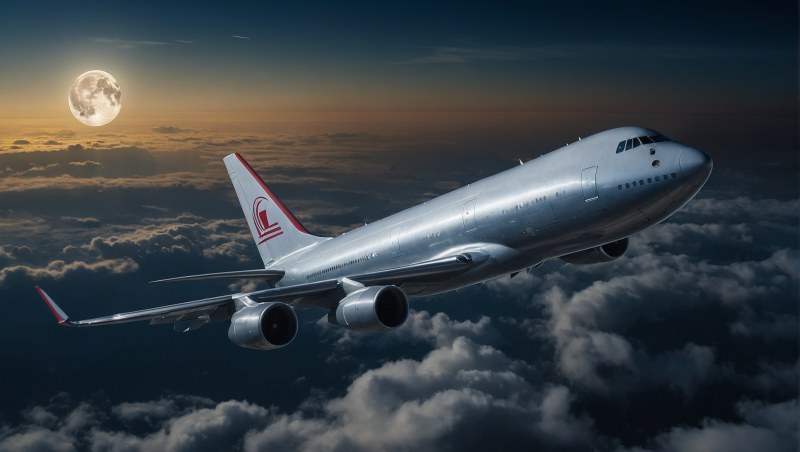The BAI for air cargo in March 2024, as reported by the Baltic Exchange, highlights an uptrend in freight rates previously indicated by other metrics. The rise is particularly pronounced on routes departing from China, largely due to the robust performance of e-commerce. The route from Hong Kong to Europe (BAI 31) saw an increase of 1.6% year-on-year at the end of March, while the Shanghai to Europe route (BAI 81) remained just below break-even at -3.0%. For both routes, rates climbed weekly throughout the month. Compared to pre-pandemic levels in March, rates on these routes surged by 53% and 39%, respectively.
Similarly, rates for routes from Hong Kong (BAI 32) and Shanghai (BAI 82) to North America demonstrated almost weekly progress during March. Despite a near-flat rate of change for goods from Hong Kong (-0.2% year-on-year) compared to those from Shanghai (-7.1% year-on-year), both routes marked a clear improvement from levels seen at the end of February. Against pre-pandemic levels, rates for these US-bound routes averaged more than a 40% increase.
Volume-wise, air cargo traffic continued to rebound from last year’s decline, as highlighted by February data from IATA. Compared to the previous year, volumes in February rose by 12% year-on-year, considering the timing of the Chinese New Year, marking the third consecutive month of double-digit annual growth. According to IATA, a significant portion of the freight volume increase is driven by e-commerce volumes, while a smaller part may be attributed to the Red Sea crisis and subsequent sea-to-air conversions.
Baltic Exchange analysts emphasize that e-commerce now holds a significant share of China's export volumes, allowing it to bypass freight forwarders and directly access airline or dedicated charter capacities. This reduces available capacity for all operators, which is why freight rates continue to rise from China.
Baltic Exchange reports comments from express transport operators indicate that, despite an annual increase in air cargo volumes, IATA's market growth is overwhelmed by "excess" volumes originating from major Chinese e-commerce players. At the same time, traffic in other areas remains weak, especially from Europe, a pattern also observed in sea freight. Thus, the air cargo sector is not yet in full recovery mode, as rate and volume strengths are primarily driven by specific regions (Asia-outbound) and products (e-commerce).
Lastly, the Baltic Exchange notes that the situation in the Red Sea has not shown significant improvement. On the contrary, early March witnessed the first casualties due to a Houthi missile attack that killed three people on a cargo ship. Speaking with ocean carriers, the impression remains that a short-term solution to the Red Sea crisis is highly unlikely. Consequently, the rerouting of sea freight through the Cape of Good Hope is expected to continue for now, which should slightly support forward air cargo traffic.



































































